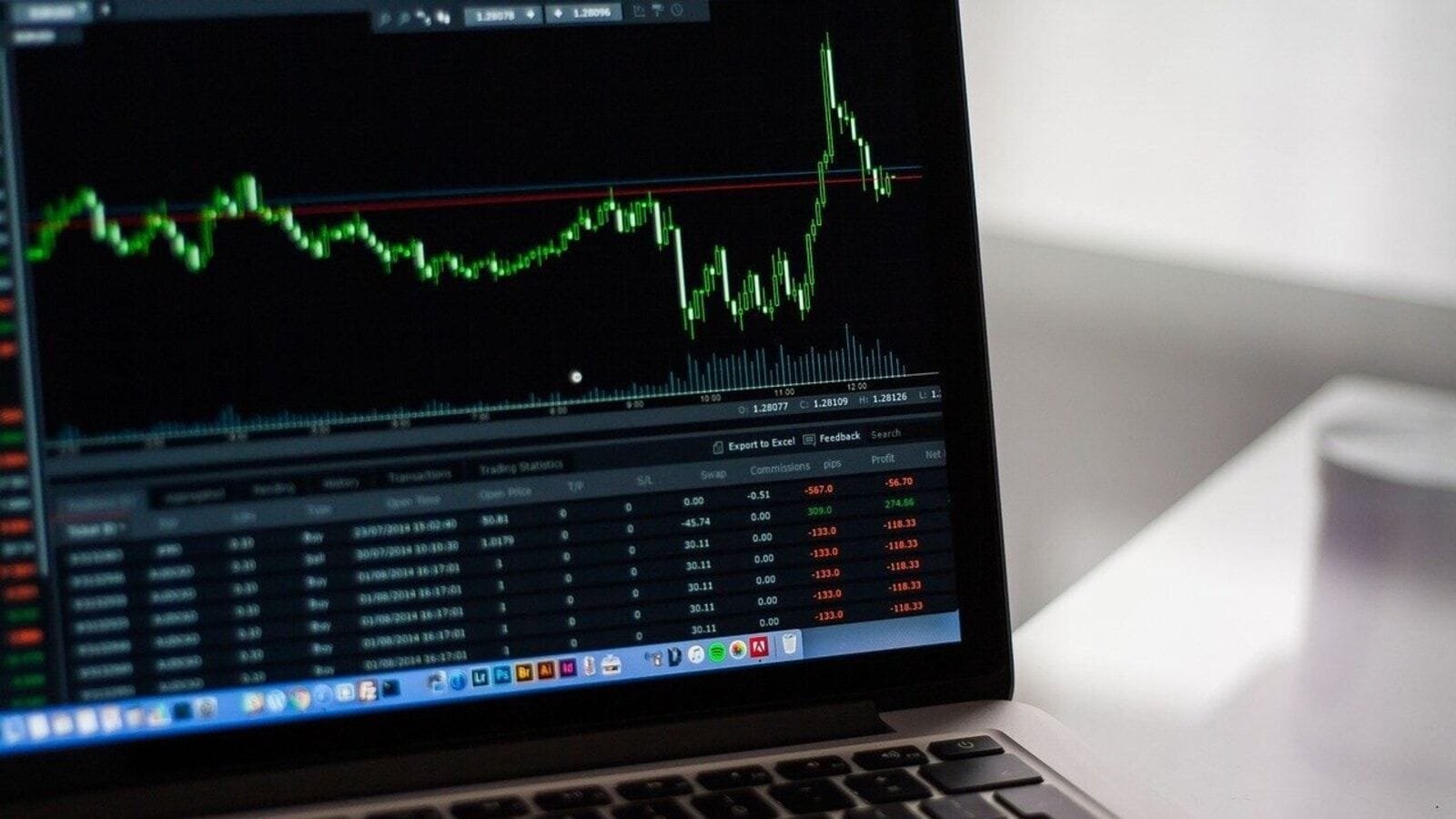Stock market today: Indian equity benchmark indices – Sensex and Nifty – continued with their downward trajectory to fall sharply in Monday’s trading session, taking their decline to the ninth straight day.
During this period, the BSE Sensex has lost nearly 3,300 points or 4.18% while the Nifty 50 has slumped 1,000 points or 4.24%. The decline in the market can be attributed to foreign fund outflows and sluggish corporate earnings.
What’s next for Indian stock market?
However, according to brokerage JM Financial Services, a bounceback could be on the cards, if the past trend is anything to go by.
JM Financial’s analysis shows that Nifty tends to bounce up in the near term after consecutive negative sessions.
“In the current instance, the Nifty has closed in the red for 7 consecutive sessions yesterday (Thursday), down by -3%. It is poised for its 8 consecutive negative close today (Friday). Given the historical analysis that the Nifty tends to bounce up in the near term post an occurrence of such an event, we expect limited downsides in the Nifty from hereon,” JM Financial’s Neeraj Agarwal said in a report.
The stock market expert further explained that the historical analysis of the daily price return indicates that the Nifty has seldomly closed in the negative territory for eight or more consecutive sessions. Any such occurrence is followed by an up-move in the index on a one-month and a three-month basis.
Past Observations
Since the year 2015, the Nifty has closed in the red for eight consecutive sessions on three occasions and for nine consecutive sessions on just one occasion.
One-month return
During the first eight consecutive negative sessions, on the observed four occasions, the Nifty has declined by an average of 4%. The maximum decline has been 4.4% while the minimum decline has been 3.4%.
After the market fall for eight consecutive sessions, within the period of 1-month, the average return on a daily closing high basis stands at 5.4%, the brokerage added.
The median return stands at 5.8%. The minimum up-move has been 2.6% while the maximum up-move has been 7.2%. An up-move in the range of 0% to 5% has been observed on one instance while in the remaining three instances, the up-move has been more than 5%, the report said.
The average return on a daily closing low basis stands at -1.5%. The median return too stands at -1.5%. The maximum decline has been -2.1% while the minimum decline has been -0.9%.
Three-month return
Meanwhile, the average three-month return post the occurrence of eight consecutive negative sessions is at 8.9%.
“The median return stands at 7.4%. The minimum up-move has been 5.9% while the maximum up-move has been 14.8%. The average return on a daily closing low basis stands at -2.8%. The median return stands at -2.9%. The maximum decline has been -4.5% while the minimum decline has been -0.9%,” it added.
Disclaimer: The views and recommendations above are those of individual analysts or broking companies, not Mint. We advise investors to check with certified experts before making any investment decisions.




